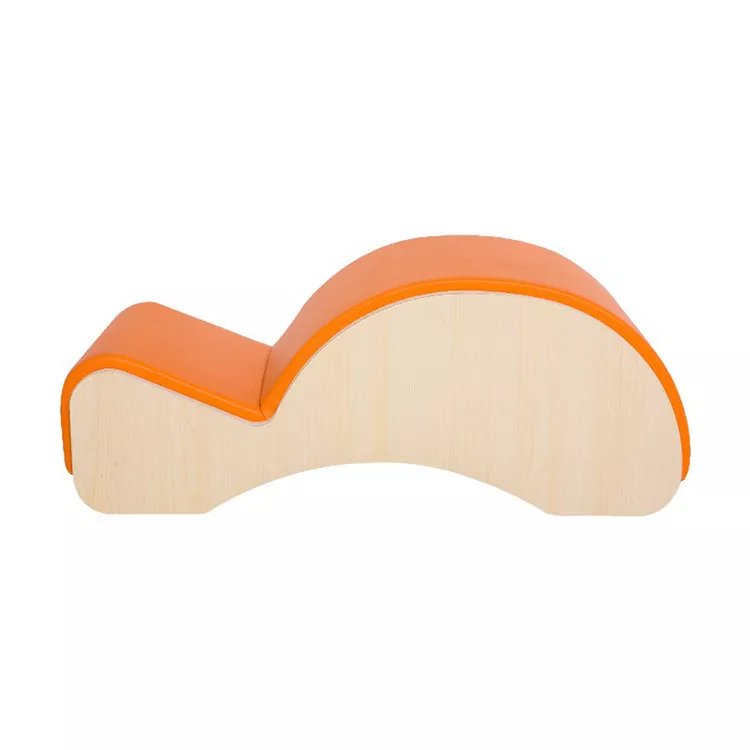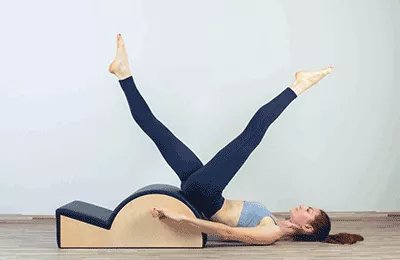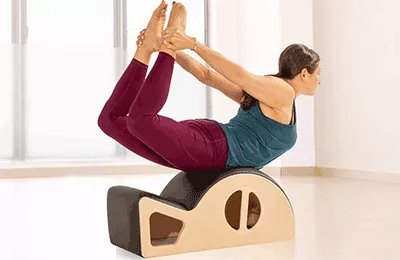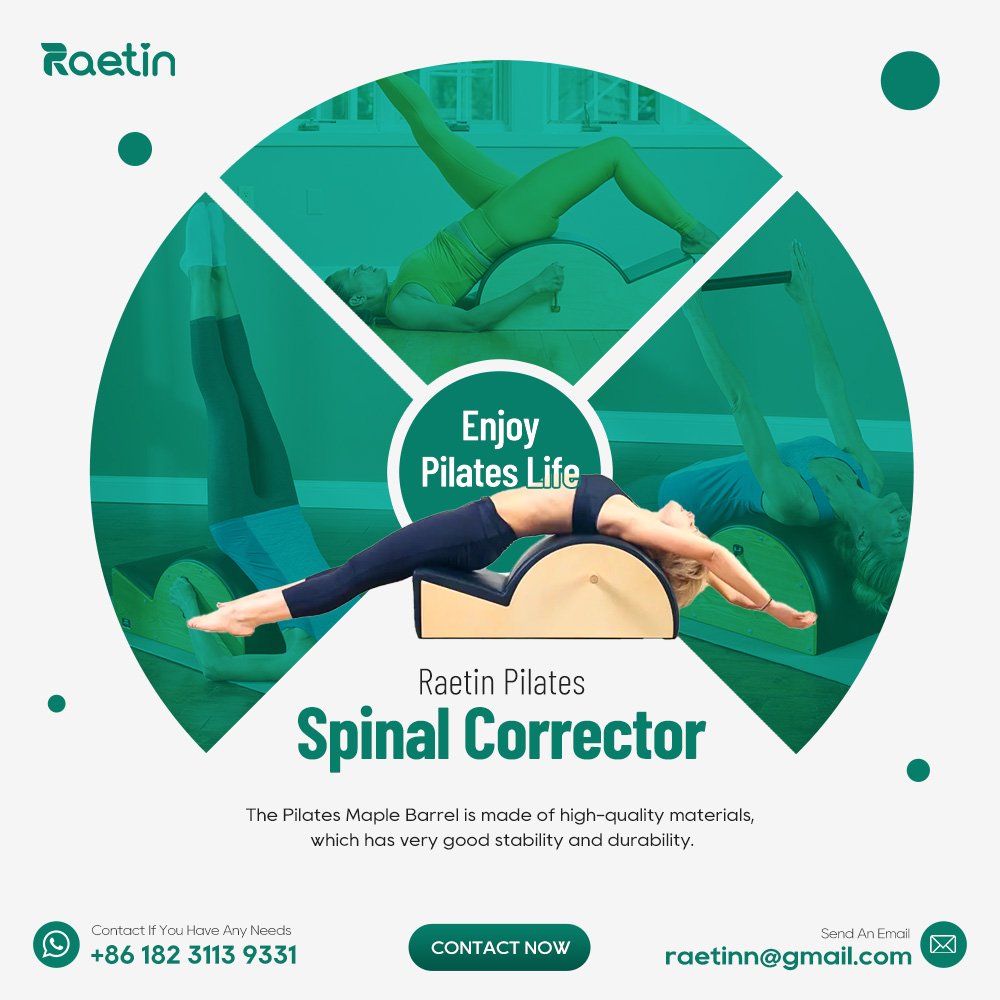
Why are spinal correctors so popular?
Core function controversy: Can correctors really improve posture?
Core function controversy: Can correctors really improve posture?
The arc design of the spinal corrector is derived from Joseph Pilates’ original concept. Its principle is to support the natural curvature of the spine and guide the muscles to rebuild the correct force pattern during extension. Studies have shown that using correctors for targeted training (such as the “Mermaid” movement) under professional guidance can effectively improve problems such as round shoulders and pelvic anterior tilt, but it requires long-term regular training.
The truth about pain relief
By providing passive support, braces help release spinal pressure. For example, the “Rolling Like a Ball” movement can activate the deep core muscles and reduce the burden on the lumbar spine. But it should be noted that patients with acute disc herniation need to use it under the guidance of a doctor.
Choice anxiety under the home fitness boom
During the epidemic, the search volume for “home Pilates equipment” surged. Spinal braces have become the preferred choice for home fitness due to their small size and multiple functions, but consumers are often confused about how to choose models (such as classic wooden models vs modern foam models) and match training plans.
Five core values of spinal correctors
Balance between spinal flexibility and stability
The curved surface of the corrector allows the spine to move in multiple dimensions in the sagittal plane (front and back) and the coronal plane (lateral), while strengthening core stability through eccentric contraction training. For example, the “Swan Dive” movement can simultaneously improve thoracic spine mobility and erector spinae endurance.
Neural integration of breathing and movement
The support surface of the device helps practitioners to more keenly perceive the effect of breathing on the expansion of the ribs, thereby optimizing the efficiency of “lateral breathing” – one of the essences of Pilates.
Precise activation of small muscle groups
Compared with traditional mat training, the inclined design of the corrector can increase movement resistance and force deep muscle groups (such as multifidus and transverse abdominal muscles) to participate in force. Experimental data shows that when using the corrector for the “Teaser” movement, the activation of abdominal muscles increases by 23%.
Bridge between rehabilitation and sports
Physiotherapists often use it for post-operative rehabilitation (such as spinal fusion), while athletes use difficult variations (such as “Spine Stretch” with elastic bands) to improve trunk explosiveness.
Hidden benefits of psychological relaxation
The supportive feeling of the corrector can reduce the fear of backbends for beginners, and its “cradle-like” design has also been shown to stimulate the parasympathetic nerves.
Analysis of popular training movements
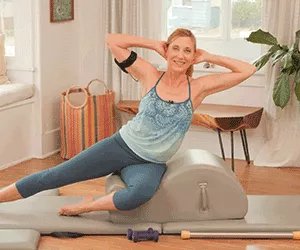

Spine Stretch Forward
Effects: Stretch the hamstrings and improve the lumbar-pelvic rhythm.
Key points: Sit on the top of the corrector, inhale to extend the spine, exhale to fold forward, and keep the ribs adducted.
Swan on Spine Corrector
Advanced variation: Hold dumbbells to increase shoulder blade stability training, suitable for badminton and swimming athletes.
Mermaid with Rotation
Innovative application: Combine rotation elements to enhance thoracic spine mobility and improve breathing restrictions.
From hot search questions to practical answers
Q1: Who is the spinal corrector suitable for?
- Recommended groups: sedentary office workers, postpartum women, yoga/dance enthusiasts, mild scoliosis patients (Cobb angle <20°).
- Contraindications: severe osteoporosis, acute lumbar disc herniation, spondylolisthesis above grade III.
Q2: How to choose a corrector that suits you?
- Material: Traditional wooden models are durable but have poor cushioning, suitable for advanced users; high-density foam models are more suitable for home users.
- Size: For those under 160cm in height, it is recommended to choose a 90cm model to avoid overstretching.
- Brand: Raetin professional brand provides medically certified products.
Q3: How to ensure safety during home training?
- Follow the “3-step inspection method”: laying anti-slip mats on the ground, testing the stability of the equipment, and gradually increasing the range of motion.
Recommended matching - APP: Pilates Anytime’s “Spine Corrector Program” provides a step-by-step tutorial.
Expert advice: Avoid three common misunderstandings
- Excessive pursuit of backbend amplitude: may cause lumbar compensation, and thoracic extension should be prioritized.
- Ignoring the warm-up phase: It is recommended to perform 5 minutes of “Cat-Cow” flow to activate the spinal segments.
- Confusing correctors with massage tools: The design goal is dynamic training, and static lying should not exceed 10 minutes.
In Conclusion
As the material carrier of Pilates philosophy, the spinal corrector is not only a piece of equipment, but also a way to explore the “wisdom of the body”. With the development of sports science, it will continue to play a unique role in rehabilitation, fitness and even mental health. As Joseph Pilates said: “Change starts from the spine, and changes in the spine will reshape your life.



